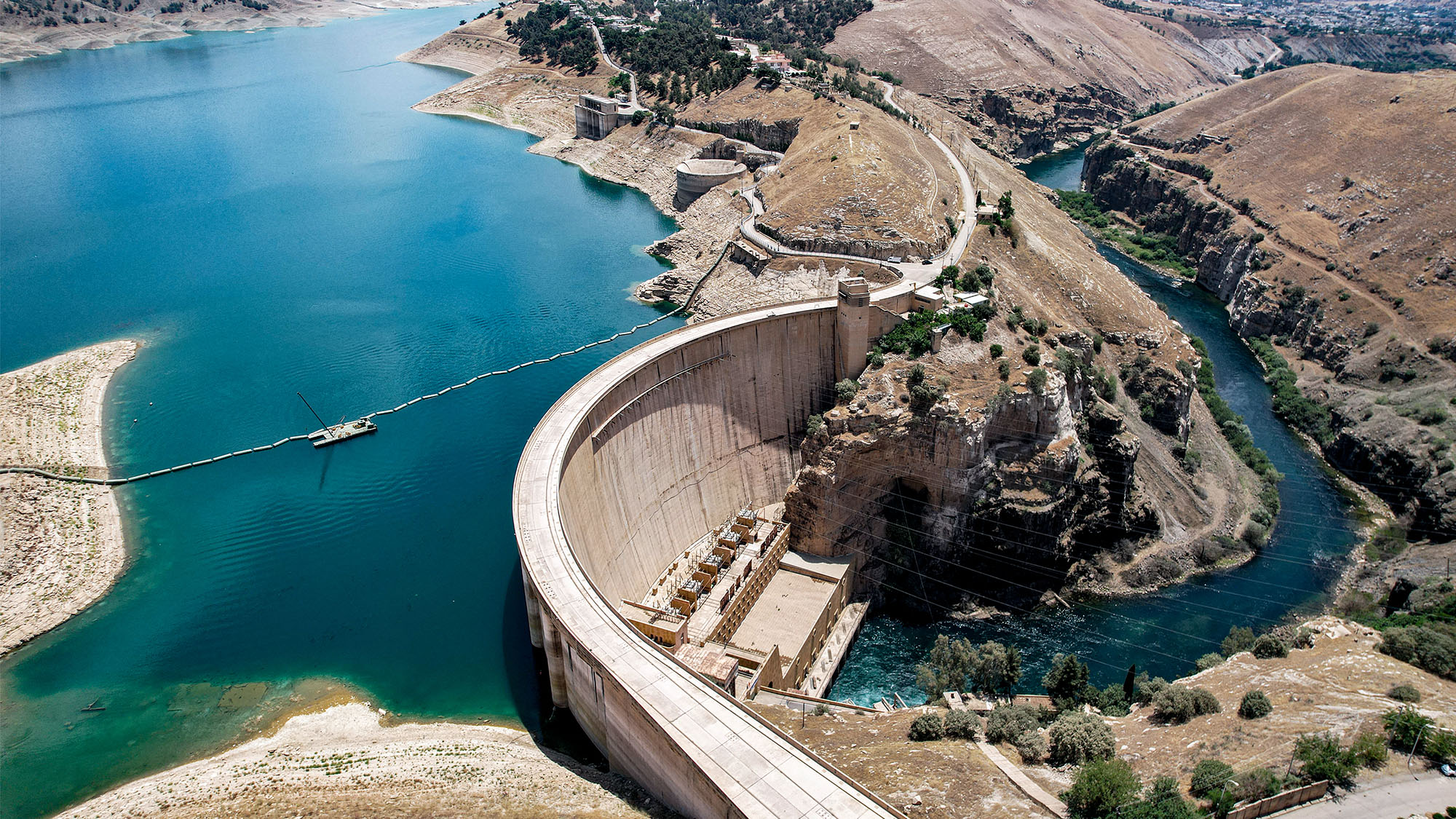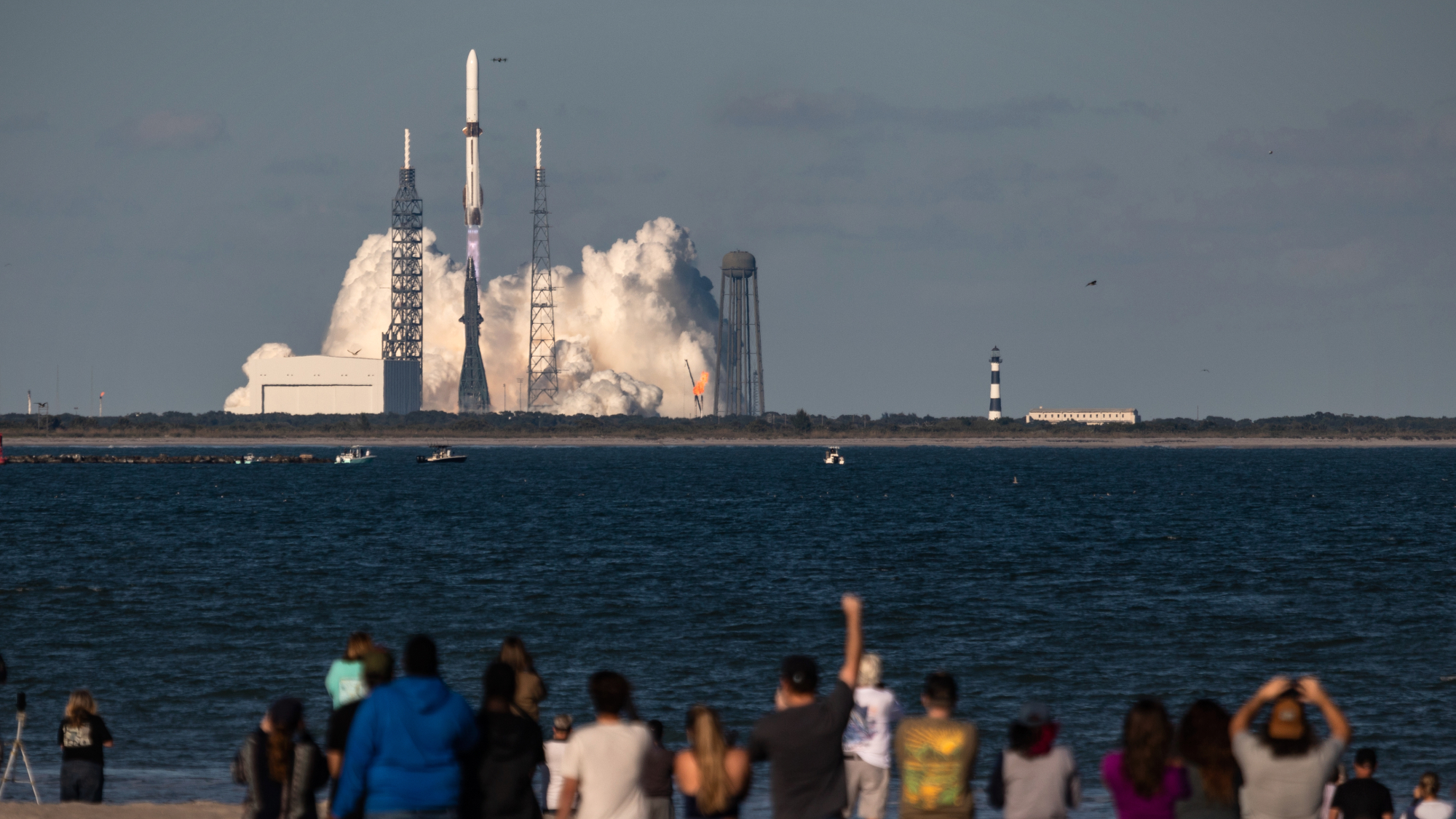A town in Italy just got 60 percent of its annual rainfall in 12 hours

Rossiglione, a town in Italy's Liguria province near Genoa, got 29.2 inches of rain in 12 hours over Monday and Tuesday, nearly 60 percent of its 50-inch annual rainfall. Typically, that part of Italy gets 6 to 7 inches of rain in all of October, The Washington Post reports. That sets a new European record for most rainfall in a 12-hour period, climatologists said.
The system of thunderstorms that hovered over the Italian Riviera also set an Italian record with 19.5 inches of rain in six hours in the town of Cairo Montenotte, 22 miles west of Rossiglione. And Vicomorasso, about halfway between those two towns, got 7.1 inches of rain in one hour during the storm. "For comparison, that's more than double the 3.15 inches that fell during the record-setting one-hour cloudburst that overwhelmed New York City on Sept. 1 as the remnants of Hurricane Ida passed," the Post notes.
The deluge caused flooding in the port city of Savona and prompted Genoa to close parks and schools on Monday, The Associated Press reports. Temperatures were about 10 degrees warmer than average before the storm, the Post explains, and climate scientists have found that higher temperatures make rainstorms wetter and more severe. Along with the extreme rainfall in the U.S. Northeast, last summer saw flooding in Germany, Central Europe, and China.
The Week
Escape your echo chamber. Get the facts behind the news, plus analysis from multiple perspectives.

Sign up for The Week's Free Newsletters
From our morning news briefing to a weekly Good News Newsletter, get the best of The Week delivered directly to your inbox.
From our morning news briefing to a weekly Good News Newsletter, get the best of The Week delivered directly to your inbox.
A free daily email with the biggest news stories of the day – and the best features from TheWeek.com
Peter has worked as a news and culture writer and editor at The Week since the site's launch in 2008. He covers politics, world affairs, religion and cultural currents. His journalism career began as a copy editor at a financial newswire and has included editorial positions at The New York Times Magazine, Facts on File, and Oregon State University.
-
 The week’s best photos
The week’s best photosIn Pictures A drive in the desert, prayers with pigeons, and more
-
 The Week Unwrapped: Will drought fuel global violence?
The Week Unwrapped: Will drought fuel global violence?Podcast Plus why did Trump pardon a drug-trafficking president? And are romantic comedies in terminal decline?
-
 Sudoku hard: December 5, 2025
Sudoku hard: December 5, 2025The daily hard sudoku puzzle from The Week
-
 Blue Origin launches Mars probes in NASA debut
Blue Origin launches Mars probes in NASA debutSpeed Read The New Glenn rocket is carrying small twin spacecraft toward Mars as part of NASA’s Escapade mission
-
 Why scientists are attempting nuclear fusion
Why scientists are attempting nuclear fusionThe Explainer Harnessing the reaction that powers the stars could offer a potentially unlimited source of carbon-free energy, and the race is hotting up
-
 Dinosaurs were thriving before asteroid, study finds
Dinosaurs were thriving before asteroid, study findsSpeed Read The dinosaurs would not have gone extinct if not for the asteroid
-
 Canyons under the Antarctic have deep impacts
Canyons under the Antarctic have deep impactsUnder the radar Submarine canyons could be affecting the climate more than previously thought
-
 SpaceX breaks Starship losing streak in 10th test
SpaceX breaks Starship losing streak in 10th testspeed read The Starship rocket's test flight was largely successful, deploying eight dummy satellites during its hour in space
-
 NASA is moving away from tracking climate change
NASA is moving away from tracking climate changeThe Explainer Climate missions could be going dark
-
 Rabbits with 'horns' sighted across Colorado
Rabbits with 'horns' sighted across Coloradospeed read These creatures are infected with the 'mostly harmless' Shope papilloma virus
-
 Lithium shows promise in Alzheimer's study
Lithium shows promise in Alzheimer's studySpeed Read Potential new treatments could use small amounts of the common metal
